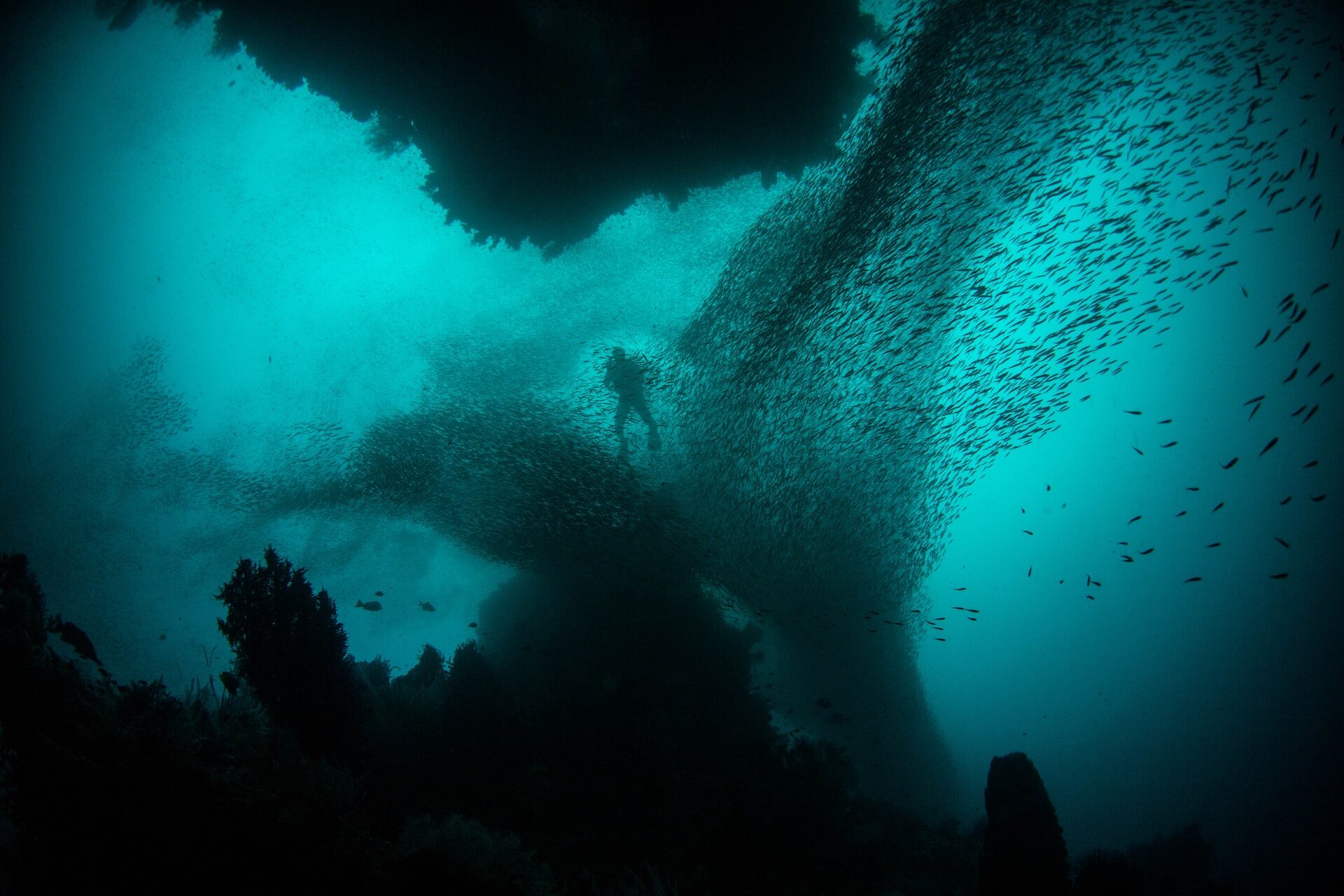
Can AI Stop Climate Change in Its Tracks?
December 11, 2020 - Emily Newton
Revolutionized is reader-supported. When you buy through links on our site, we may earn an affiliate commision. Learn more here.
Few of today’s problems are as prevalent or as pressing as climate change. As environmental concerns grow to a boiling point, the need for new and creative solutions grows more pronounced. Some people have suggested that the best hope for fighting climate change is AI.
AI has already proved its worth in the business world, seeing astronomical adoption rates in its short history. Experts expect AI to be companies’ biggest commercial opportunity for the next few decades. Could AI bring the same disruptive potential to the fight for the environment?
Given the severity of climate change, AI won’t be enough to stop it on its own. That said, it could be one of the world’s best resources in addressing environmental issues. Here’s how AI can help fight climate change.
Improving Climate Change Research
The first step in addressing any problem is to understand it, and that’s certainly true of climate change. It took roughly 30 years for scientists to conclude that greenhouse gas emissions were the leading cause of global warming. The world can’t afford that kind of time now, but AI accelerates the research process.
Companies use AI to analyze their data and find what works well and what doesn’t. Climate scientists can do the same thing by turning to AI to learn more about environmental threats. Since AI tends to be much better at extracting insights from data than people, it can reveal things researchers would’ve missed otherwise.
Scientists are already applying AI in these areas, in projects like the Carbon Tracker initiative. Carbon Trackers uses AI to analyze satellite imagery of power plant emissions. This AI produces more reliable figures about emissions levels than companies may provide.
Reducing Environmental Impact
Most business applications of AI don’t stop at revealing inefficiencies. Companies also use AI to find ways to improve in the areas where they’re falling short. Once scientists understand environmental threats better, they can use AI to find possible solutions.
Energy, transportation and agriculture are three areas with some of the most severe environmental impacts. They also happen to be three sectors where AI has the most potential for reducing carbon footprints. Here’s a closer look at how AI is improving each of these areas’ ecological impact.
Energy
Burning fossil fuels for energy accounts for roughly two-thirds of greenhouse gas emissions globally. Environmental movements have focused on electricity for years, but there’s no consensus on the best way to address it. There’s no single right answer, and AI has revealed possible ways forward.
A few years ago, Google turned to AI to find new ways to cool its data centers. Google saw a 35% reduction in energy consumption in its data centers as a result. Without AI, finding the most energy-efficient method could have taken years of trial and error.
The world doesn’t use all the energy it generates, but AI can provide a solution. Machine learning algorithms can identify the periods of greatest energy waste and adjust production accordingly in real-time. Thanks to these analytics and automation, companies can produce only as much electricity as they need.
Transportation
Transportation is another major contributor of greenhouse gas emissions that AI can address. Zero-emissions vehicles are a necessity, but until they’re widely available, AI can optimize fossil fuel-powered transport. Machine learning systems can reveal the most efficient routes, reducing both travel times and emissions.
UPS already uses an AI called ORION to find optimal routes for delivery drivers. ORION analyzes real-time data like traffic and weather, then changes drivers’ navigation accordingly. UPS expects this tool to reduce delivery miles by 100 million, leading to a considerable drop in emissions.
Some cities have started experimenting with AI-based traffic management systems, too. By analyzing traffic patterns, these systems can change light durations or adjust lanes to enable faster city navigation. Less traffic means shorter commutes, which means fewer emissions.
Agriculture
Agriculture accounts for 70% of global freshwater consumption and uses half of the world’s habitable land. As resources dwindle and the population grows, farmers need to find ways to produce more with less. A blossoming practice called precision agriculture is helping them achieve that.
Crop yields depend on many factors like weather, soil conditions and temperature. AI systems can analyze these factors to inform farmers of what to plant, when to plant it and how to tend it. As a result, farms can grow as much food as they can with as little waste as possible.
AI can also automate tasks like watering and spraying pesticides. By automating these jobs, farmers can ensure that they only use what they need. AI takes the guesswork out of agriculture, which eliminates waste as much as possible.
Rebuilding Threatened Habitats
Restoring destroyed environments can help combat climate change, too. If people planted half a trillion trees, it could reduce atmospheric carbon by 25%, according to one study. Growing that many trees is a challenge, but AI makes it a more viable solution.
Just as AI systems can analyze the soil quality of farms, it can do the same for forests. Finding spots for mass plantings manually could take countless hours, but AI could do it in minutes. These systems could highlight areas where new growth would be most effective, thereby optimizing reforestation efforts.
This approach can apply to other ecosystems as well. Some researchers are already employing AI in monitoring coral reefs, measuring the efficacy of restoration efforts. These systems allow researchers to see if their work is paying off without human intrusion.
Education and Awareness
One of the most stubborn obstacles in the fight for the environment is education. Stopping climate change will take a broad and unified movement, so researchers need to spread awareness about the issue. Companies already use AI to deliver information through ads, so AI has the potential for environmental education, too.
The systems that deliver targeted ads look at user data to match products to their interests. Similarly, they could find people who would be more likely to care about climate change. By finding more receptive listeners, AI can make sure their environmental message gets out.
Since people can reduce their carbon footprint in several ways, AI can target people involved with various hobbies. By matching climate issues to users’ interests, they stand a better chance of getting people to care. When people see these issues and how they apply to their personal lives, they’ll take them more seriously.
Potential Downsides to Climate Change AI
The potential for good of AI in fighting climate change is considerable, but there are some downsides. As much as it can do for the environment, AI itself isn’t always environmentally friendly. Computers and data centers tend to be energy-hungry, and AI processes are hungrier than most.
The more data an AI system can access, the better it is at drawing accurate connections. Processing all of this data takes a substantial amount of computing power, though. Running and cooling data centers to enable these calculations takes a lot of energy, which leads to high emissions.
Data centers already use 3% of the available electricity in the world, and they’re growing. As AI becomes more complex, it will use more energy. If climate scientists are going to use AI responsibly, they’ll have to pay attention to this issue.
Data centers will have to go green for AI’s climate change impact to be positive. That’s not an impossible task, but it requires immediate attention if people hope to use AI to fight climate change. If the world doesn’t address this issue, these resources won’t be as eco-friendly as they seem.
AI Alone Won’t Stop Climate Change, but It Helps
Using AI in climate change research and responses is still a relatively new practice. Researchers have only scratched the surface of what AI can do, but it can already do a lot for the environment. AI, by itself, won’t be enough to stop climate change. But it can be a helpful resource.
As with any tool, people have to use AI carefully. Data centers must become more eco-friendly if AI is to help as much as it can. If scientists can do that, then they can revolutionize the fight against climate change with AI.
Revolutionized is reader-supported. When you buy through links on our site, we may earn an affiliate commision. Learn more here.
Author
Emily Newton
Emily Newton is a technology and industrial journalist and the Editor in Chief of Revolutionized. She manages the sites publishing schedule, SEO optimization and content strategy. Emily enjoys writing and researching articles about how technology is changing every industry. When she isn't working, Emily enjoys playing video games or curling up with a good book.




